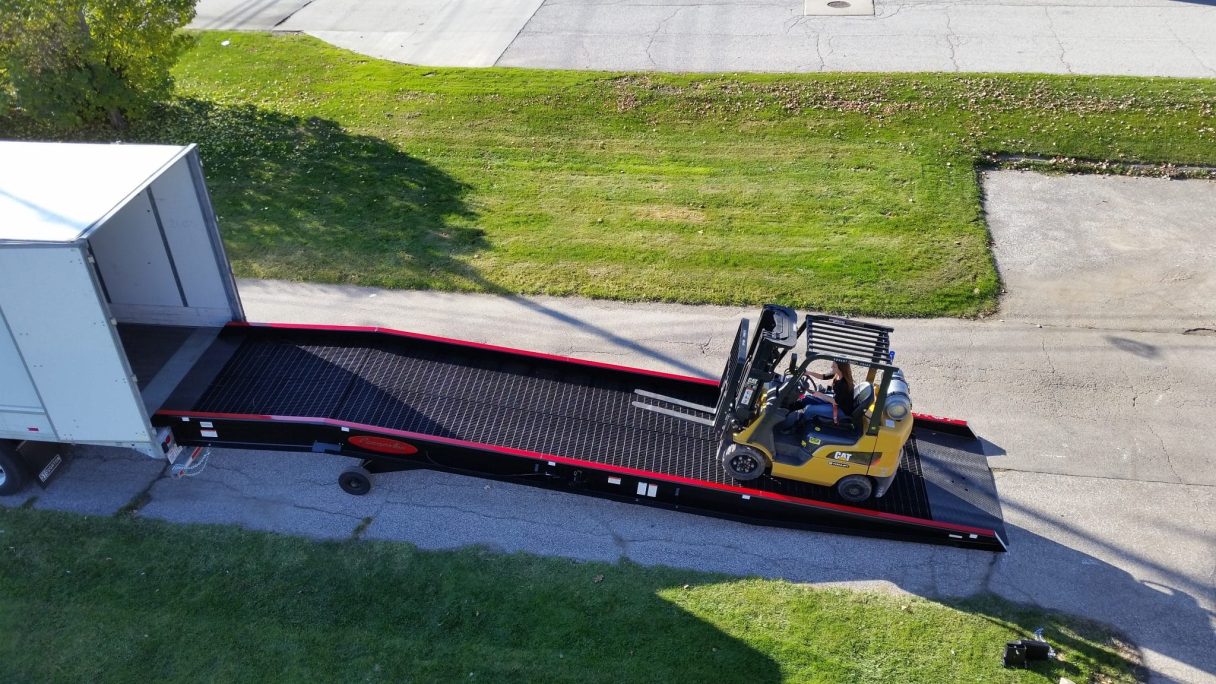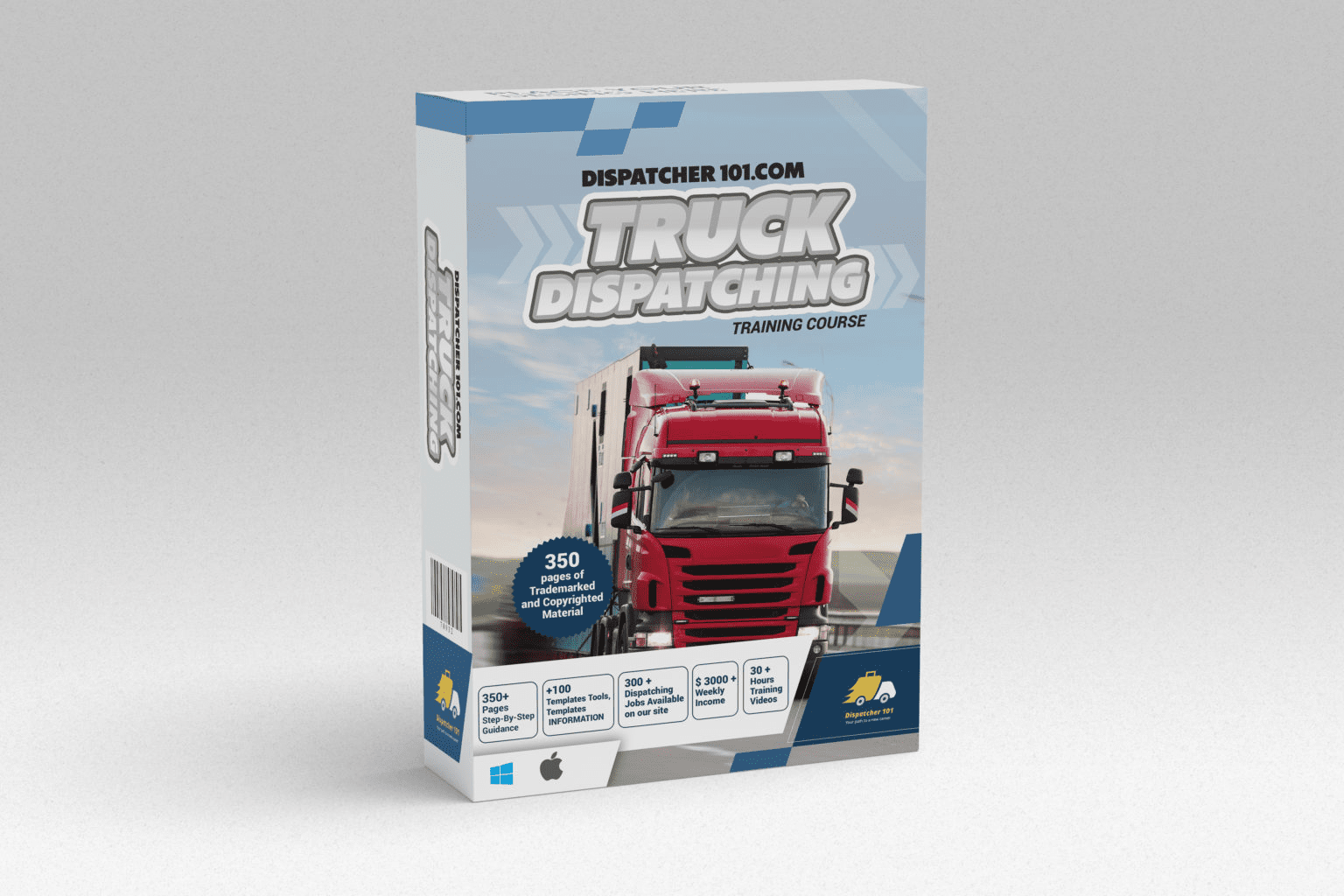When loading and unloading, the following types of car placement may be used in cargo points:
- side placement – loading and unloading is performed through the side of the car;
- end positioning a – loading and unloading is performed through the tailgate of the vehicle;
- oblique placement – loading and unloading are carried out simultaneously through the rear and side of the car.
Loading, fastening, shelter, tying up of cargo and unloading of the car, removal of fastenings and coverings should be carried out by the Customer.
Opening and closing the hatches of tank trucks, turning on or off the pumps, manipulating the hose, which is installed on the truck, must be performed by the driver.
The carrier, upon agreement with the Customer, may undertake loading and unloading operations. The driver can be involved in these works only with his consent. When loading, the driver can take the load from the vehicle, and when unloading it can take it on board the vehicle.
If the Carrier undertakes loading and unloading, he is responsible for the safety of the cargo during the performance of these works.
The customer must maintain proper loading and unloading areas, as well as access roads to them.
Additional equipment of trucks for the carriage of a particular cargo may be made by the Customer only in agreement with the Carrier.
Loading and unloading operations with cargoes weighing more than 50 kg and the need to lift cargo to a height of over 2 m, must necessarily be performed with the use of means of mechanization (loaders).
When loading in bulk, the load should not rise above the side walls. If necessary, the mainboards need to be increased, but the total height of the rolling stock with a load should not be more than 4 meters from the road surface, otherwise, this load will be considered oversized.
Cargo should be placed and secured in such a way as to exclude their fall, dragging, or the possibility of injury to accompanying persons.
Piece loads that exceed the level of the sides of the body in height, should be tied with strong serviceable rigging (ropes, ropes). It is forbidden to bind goods with metal cables and wire.
Boxes, barrels and other piece goods must be loaded in such a way as to prevent their displacement during heavy braking, pulling away, and also on sharp turns. To do this, it is forbidden to leave gaps between them. They need to be filled with wooden gaskets and struts of appropriate strength and length.
If you want to know how to become a truck dispatcher? Contact Us!!!



